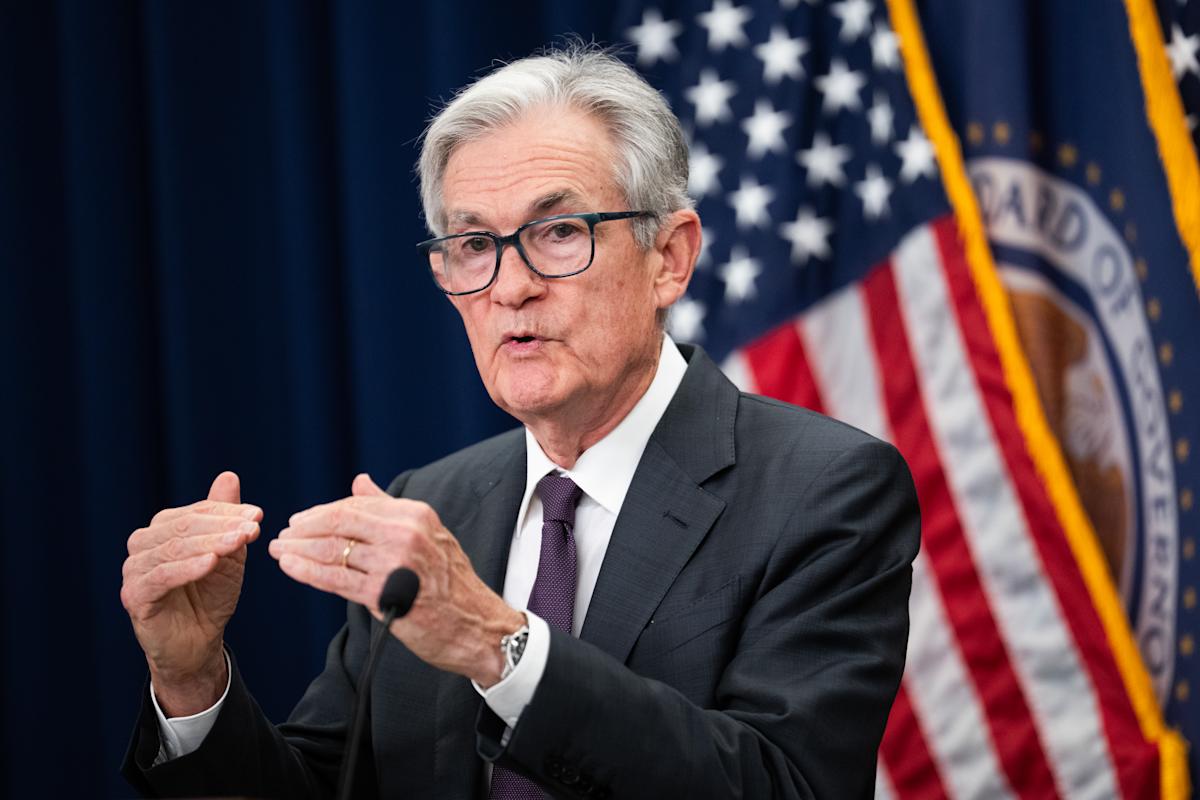
Small Businesses Struggle Amid Tariff Uncertainty
Temporary Tariff Relief for Small Businesses
The 90-day pause on U.S.-China tariffs, announced by President Trump, has provided temporary relief to small businesses that were grappling with increased costs. The agreement reduces tariffs on certain Chinese goods from as high as 30% down to 10%-15%, offering businesses a short-term reduction in import expenses. While this move has eased immediate financial pressure, the relief comes with significant caveats.
Small business owners have expressed mixed reactions to the announcement. For some, the pause provides crucial breathing room to manage operations without resorting to drastic measures like layoffs or price increases. For example, Dan Turner of Turner Hydraulics noted that this temporary reduction significantly alleviated his immediate financial concerns, particularly as he faced the prospect of paying $80,000 in tariffs on incoming inventory. However, many remain cautious, highlighting that the pause is limited to 90 days and does not resolve the underlying trade tensions that have disrupted supply chains and raised costs over the past year.
Ongoing Challenges and Caution
Despite the temporary relief, tariffs on Chinese imports remain historically high, averaging around 40% for many goods. This sustained pressure has left small business owners wary of making new investments or placing large orders. For example, inventory shipped from China during the pause may not even arrive before the tariff window closes, creating uncertainty about future costs.
Additionally, businesses are struggling with cash flow management. Many were forced to stockpile inventory earlier in the year to avoid higher tariffs, tying up capital and increasing warehousing expenses. Some, like Joann Cartiglia of Queen’s Treasures, have been reluctant to replenish inventory, fearing that tariff rates could spike again. This hesitation impacts production timelines and could lead to shortages of key products during peak seasons like back-to-school and the holidays.
Broader Economic and Trade Implications
The 90-day tariff pause could pave the way for broader U.S.-China trade negotiations, but the long-term outlook remains uncertain. If successful, a comprehensive deal could reduce tariff levels further and stabilize trade relations, benefiting businesses on both sides of the Pacific. However, the current pause does not address systemic trade issues such as intellectual property rights and market access, leaving significant challenges unresolved.
Small businesses, which account for nearly half of the U.S. private-sector workforce, remain vulnerable to trade policy shifts. Prolonged uncertainty discourages investment and innovation, while high tariff rates continue to distort supply chains. Globally, the trade conflict has prompted businesses to diversify manufacturing and sourcing strategies, with some shifting production to countries like Vietnam and Mexico. Over time, these adjustments could reshape global trade dynamics, potentially reducing dependence on U.S.-China trade while creating new competitive pressures for small businesses.
 Sources
Sources- Trump’s Pause China Tariffs ‘Huge Nightmare’ Small Businesses
 yahoo
yahoo - China tariff pause Wall Street scaling recession calls
 yahoo
yahoo - Chinese businesses view tariff pause caution uncertainty
 yahoo
yahoo
- Trump’s Pause China Tariffs ‘Huge Nightmare’ Small Businesses
 yahoo
yahoo - China tariff pause Wall Street scaling recession calls
 yahoo
yahoo - Chinese businesses view tariff pause caution uncertainty
 yahoo
yahoo




